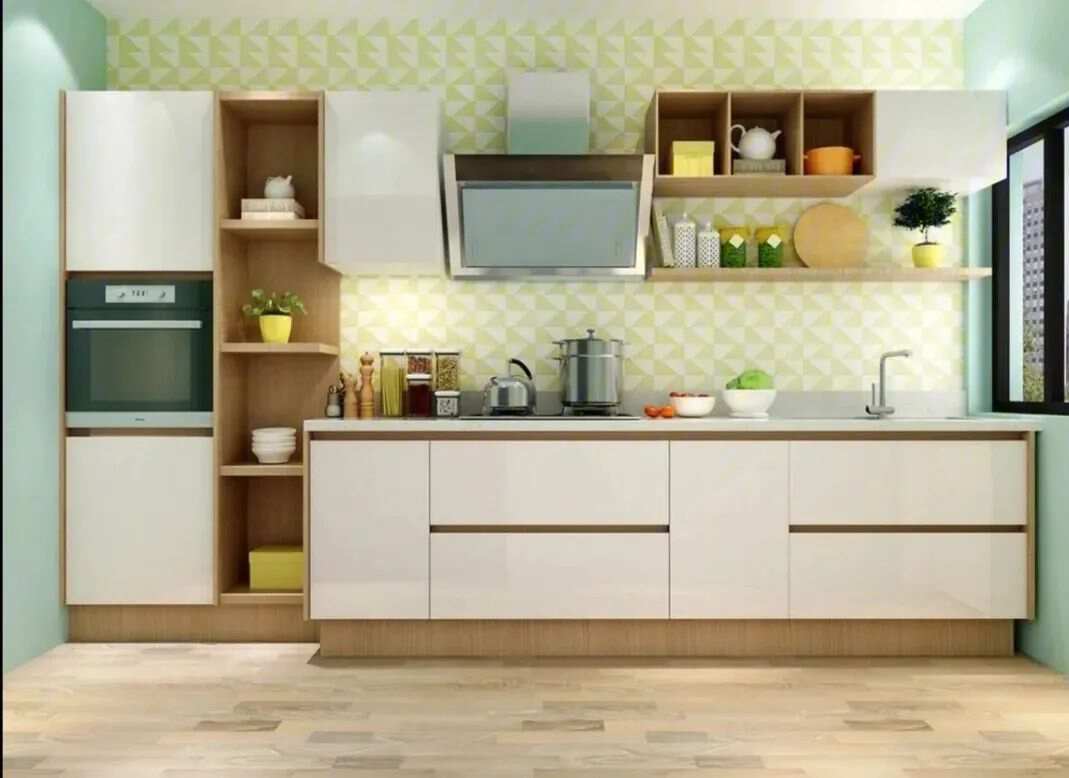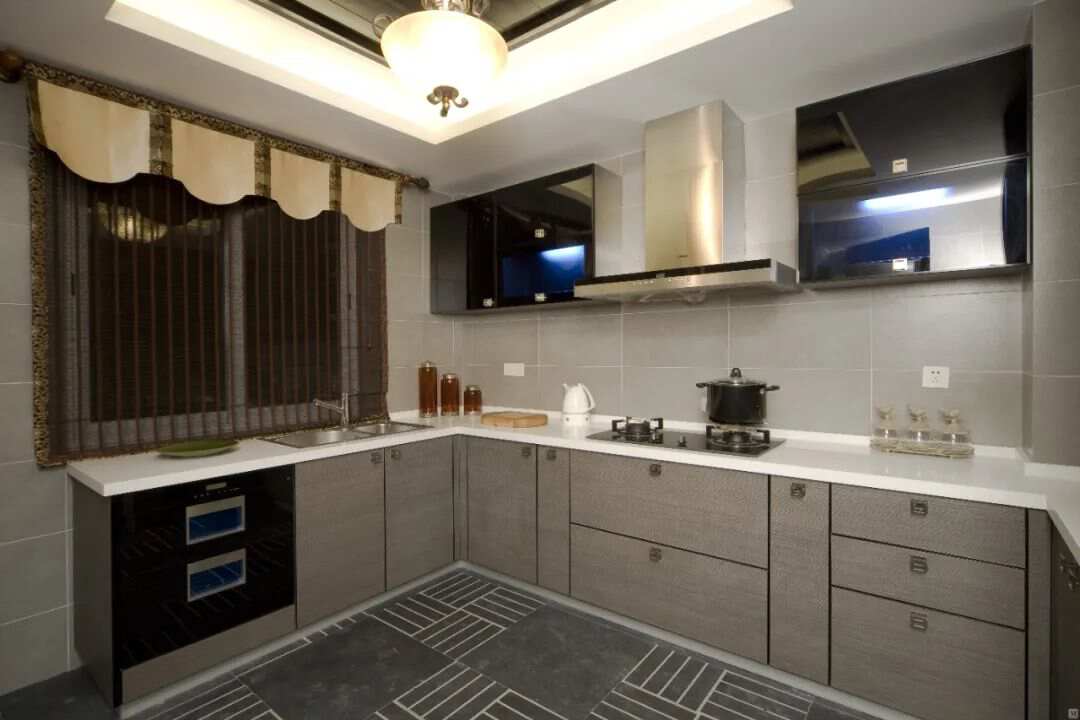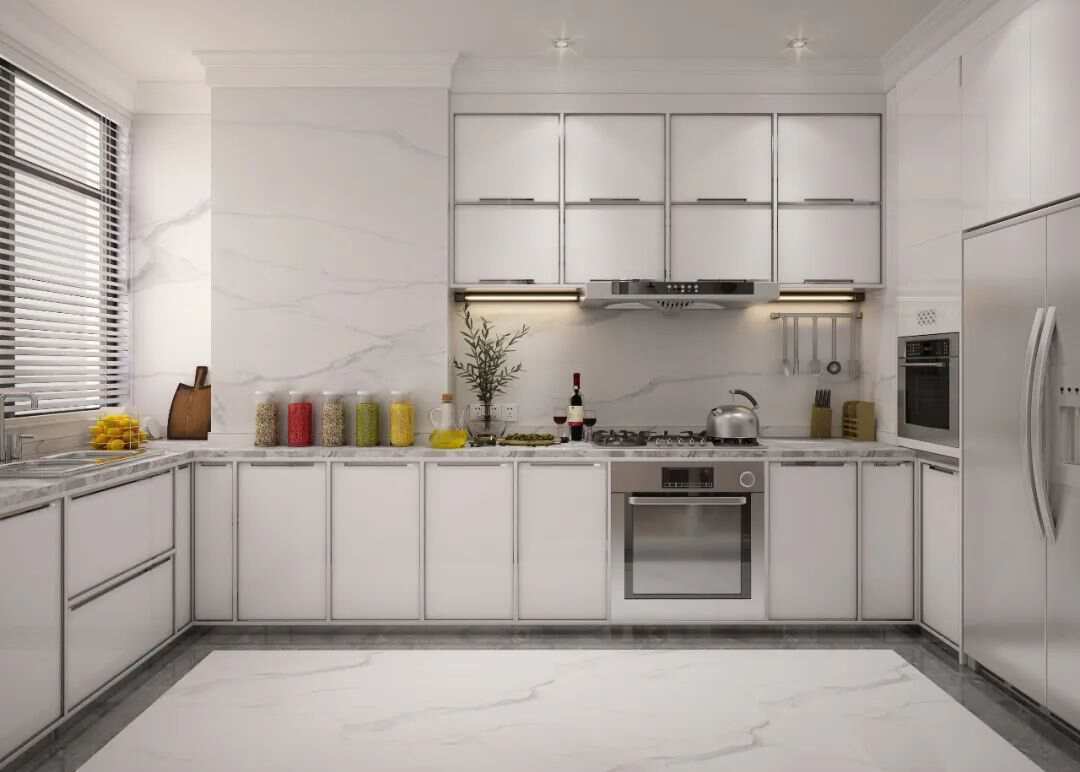The kitchen is the heart of daily life—a hub where meals come together and modern comforts are savored. More than ever, its design plays a crucial role in family well-being. A thoughtfully arranged kitchen doesn’t hinge on luxury finishes or high-end appliances. Instead, smart planning can boost both health and harmony for everyone under your roof.

In Feng Shui, the kitchen symbolizes wealth and serves as the family’s energy recharge station. It should feel integral to the home—never tucked away on a balcony or in an awkward addition. Irregular nooks sap vitality, so choose a regular-shaped space that nourishes your loved ones’ health.
1. Ideal Kitchen Direction
Facing east is traditionally seen as most auspicious: it greets the sunrise, invites fresh air, and channels Yang energy to keep everyone spirited and hardworking. Southeast is another favorable option—especially for those who prize cleanliness and order.
2. Kitchen–Dining Flow

A seamless transition from kitchen to dining room makes serving a pleasure. In feng shui, adjacency between these two zones is encouraged, whether with an open plan or a connecting pass-through. That said, in many Western homes the dining area sits within the kitchen—perfect for casual meals but less ideal if cooking produces heavy smoke or heat that could spoil the dining ambience. Too close? The fusion of “wealth” (kitchen) and “expenses” (dining) may scramble the household budget. Too far apart? You risk having your energy—and luck—cut off.
3. Keep Kitchen and Bathroom Apart
Never share a wall or door between these spaces. The kitchen’s fiery Qi clashes with the bathroom’s damp, Yin energy, creating imbalance and stagnant vibes. From a hygiene standpoint, even the tidiest bathroom can harbor impurities that you don’t want infiltrating your cooking area.
4. Respect the Kitchen–Bedroom Boundary
If a kitchen door directly faces a bedroom, cooking odors can drift in and disrupt rest, while the bedroom’s stagnant energy seeps into meal preparation. Aim to separate these two realms or use a sturdy door as a barrier.
5. Choose Soothing Kitchen Colors
Today’s feng shui favors white for kitchens—not just for its clean look (think chef’s coats) but also because it’s neutral and calming. Before meals, stepping into a light-filled, white-walled kitchen helps release stress and prepare you mentally for dining.
6. Renovation Priorities
Safety and cleanliness come first, with aesthetics following close behind. During flooring installation, set the kitchen floor slightly lower than the adjoining living or dining area. This subtle step-down symbolizes the kitchen’s support role and helps contain any spills.
7. Select Practical Materials
Opt for surfaces that resist stains, are easy to wipe down, and won’t chip under daily wear. Large-format tiles with minimal grout lines are both hygienic and low-maintenance. Good ventilation is essential—it keeps temperatures comfortable and air fresh, ensuring your meals taste their best.
8. Optimize Appliance Layout

Even in a compact kitchen, a smart layout transforms your daily routine. Common plans include straight (“I”-shaped), “L”-shaped, “U”-shaped, and island setups. Regardless of shape, align the stove, sink, and refrigerator in a harmonious triangle to streamline cooking and balance elemental energies.
9. Stove Placement Essentials
The stove is the kitchen’s centerpiece—your family’s source of nourishment and prosperity. Position it away from drafts or direct airflow (like opposite windows or doors) so the flame burns steadily. Align its orientation either parallel or perpendicular to the house’s main axis; avoid diagonal placement.
10. Sink Location Tips
As the water counterpoint to the stove’s fire, the sink shouldn’t sit directly next to or opposite the stove. Create a buffer—such as a prep area—in between. This respects the yin-yang balance and keeps your workflow smooth.
11. Beware of Overhead Beams
Never place the stove—or any main cooking surface—beneath exposed beams, pipes, or gas lines. These overhead pressures can create stress for the cook and symbolic “pressure” on the family’s health.
12. Position Your Fridge Thoughtfully
Treat the refrigerator as a modern-day food “vault.” Don’t let it face the kitchen entrance, which in feng shui is called “door clash”—it could shorten food shelf life. And just like the stove, avoid blocking it with direct counter-pressure from other heat sources.
13. Worktop Heights and Depths
Comfort is key. Aim for a countertop width of at least 50 cm and a height around 80 cm for most users—adjust if you’re particularly tall or short. Keep the cooking surface slightly lower (around 70 cm) for safe, upright posture while stirring and sautéing.
14. Embrace Bright, Even Lighting

Natural light is ideal, but supplement with overhead fixtures or focused task lights above prep zones to eliminate shadows. A cheerful, well-lit kitchen uplifts the spirit and sharpens kitchen confidence.
15. Add Life and Personality
Finally, inject character with kitchen-friendly décor: a small herb garden on the windowsill, framed prints of seasonal produce, or a potted plant in the corner. These touches animate the space, cultivate joy, and infuse the kitchen with fresh life.

 Feng Shui Mystery
Feng Shui Mystery











